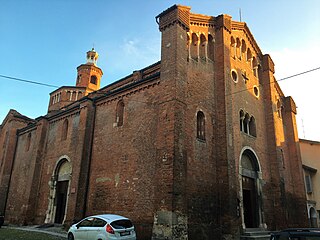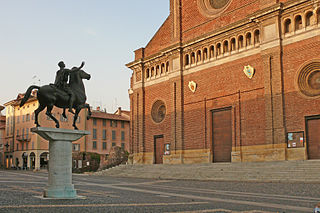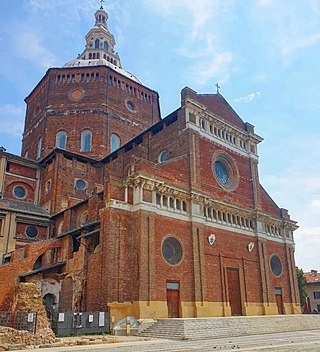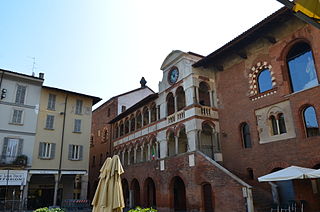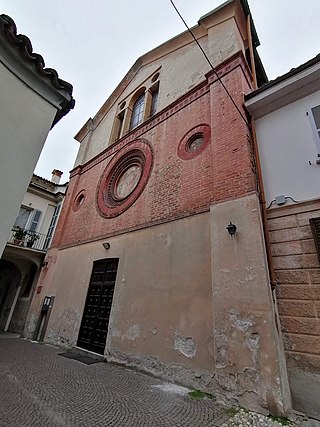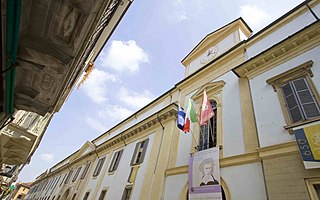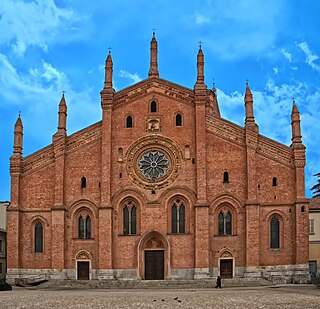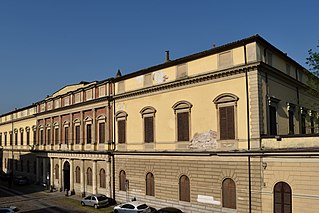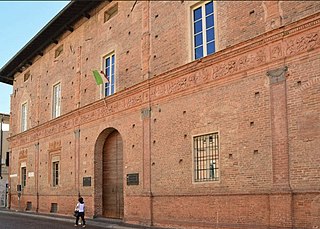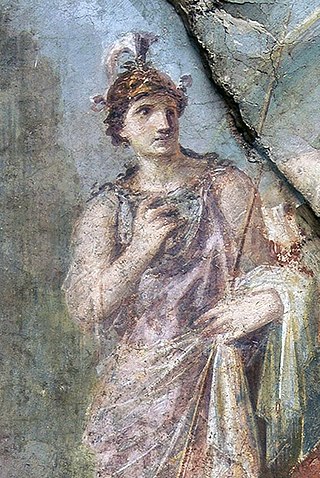Self-guided Sightseeing Tour #1 in Pavia, Italy
Legend
Tour Facts
2.3 km
20 m
Experience Pavia in Italy in a whole new way with our free self-guided sightseeing tour. This site not only offers you practical information and insider tips, but also a rich variety of activities and sights you shouldn't miss. Whether you love art and culture, want to explore historical sites or simply want to experience the vibrant atmosphere of a lively city - you'll find everything you need for your personal adventure here.
Activities in PaviaIndividual Sights in PaviaSight 1: San Teodoro
San Teodoro is a Romanesque-style Roman Catholic church in the town center of Pavia, Italy.
Sight 2: Regisole
The Regisole was a bronze classical or Late Antique equestrian monument, highly influential during the Italian Renaissance. It was originally erected at Ravenna, in what is now Italy, but was moved to Pavia in the Middle Ages, where it stood on a column before the cathedral, as an emblem of communal pride and Pavia's deep connection with imperial Rome.
Sight 3: Cattedrale di Santo Stefano e Santa Maria Assunta
Pavia Cathedral is a church in Pavia, Italy, the largest in the city and seat of the Diocese of Pavia. The construction was begun in the 15th century on the site of two pre-existing Romanesque, "twin" cathedrals. The cathedral houses the remains of St. Sirus, first Bishop of Pavia, and a thorn purported to be from the Crown of Thorns worn by Christ. The marble facing of the exterior was never completed.
Sight 4: Broletto
The Broletto or Broletto Palace of Pavia, Italy has for centuries housed the civic government offices of this city found in the region of Lombardy, Italy. The term Broletto refers to a buildings equivalent to the town hall or town assembly.
Sight 5: Civic Tower
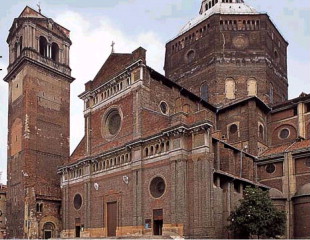
The Civic Tower was a tower built in the Italian city of Pavia in the 11th century, next to Pavia Cathedral. Built to a rectangular base, it was 72 metres high.
Sight 6: Chiesa di San Giovanni Domnarum
The church of San Giovanni Domnarum is one of the oldest in Pavia. In the crypt, which was rediscovered after centuries in 1914, remains of frescoes are visible.
Sight 7: Museum for the History of the University of Pavia
The University History Museum of the University of Pavia is a museum displaying memorabilia related to the history of the university, particularly in the fields of physics and medicine, when students were taught by prominent scholars such as Antonio Scarpa and Camillo Golgi or the physicist Alessandro Volta.
Wikipedia: University History Museum, University of Pavia (EN), Website
Sight 8: Chiesa di Santa Maria del Carmine
Santa Maria del Carmine is a church in Pavia, Lombardy, northern Italy, considered amongst the best examples of Lombard Gothic architecture. It was begun in 1374 by Gian Galeazzo Visconti, Duke of Milan, on a project attributed to Bernardo da Venezia. The construction followed a slow pace, and was restarted in 1432, being finished in 1461.
Sight 9: Museo di Storia Naturale
The Natural History Museum in Pavia, Italy is a museum displaying many natural history specimens, located in Palazzo Botta Adorno. Founded in 1775, it was one of the oldest museums of natural history in Europe. It currently forms the University of Pavia museum network, along with 5 other museums — the University History Museum, Museum of Electrical Technology, Museum of Archeology, Museum Camillo Golgi and Museum of Mineralogy.
Sight 10: Palazzo Carminali Bottigella
Palace Carminali Bottigella is a noble palace built by the ancient Beccaria family from Pavia. The original structure from the Sforza era was built between 1490 and 1499. The façade, which retains the original terracotta decorations, is one of the major examples of Renaissance civil building in Pavia.
Sight 11: Statua della Minerva
Minerva is the Roman goddess of wisdom, justice, law, victory, and the sponsor of arts, trade, and strategy. She is also a goddess of warfare, though with a focus on strategic warfare, rather than the violence of gods such as Mars. Beginning in the second century BC, the Romans equated her with the Greek goddess Athena. Minerva is one of the three Roman deities in the Capitoline Triad, along with Jupiter and Juno.
Share
How likely are you to recommend us?
Disclaimer Please be aware of your surroundings and do not enter private property. We are not liable for any damages that occur during the tours.
GPX-Download For navigation apps and GPS devices you can download the tour as a GPX file.
